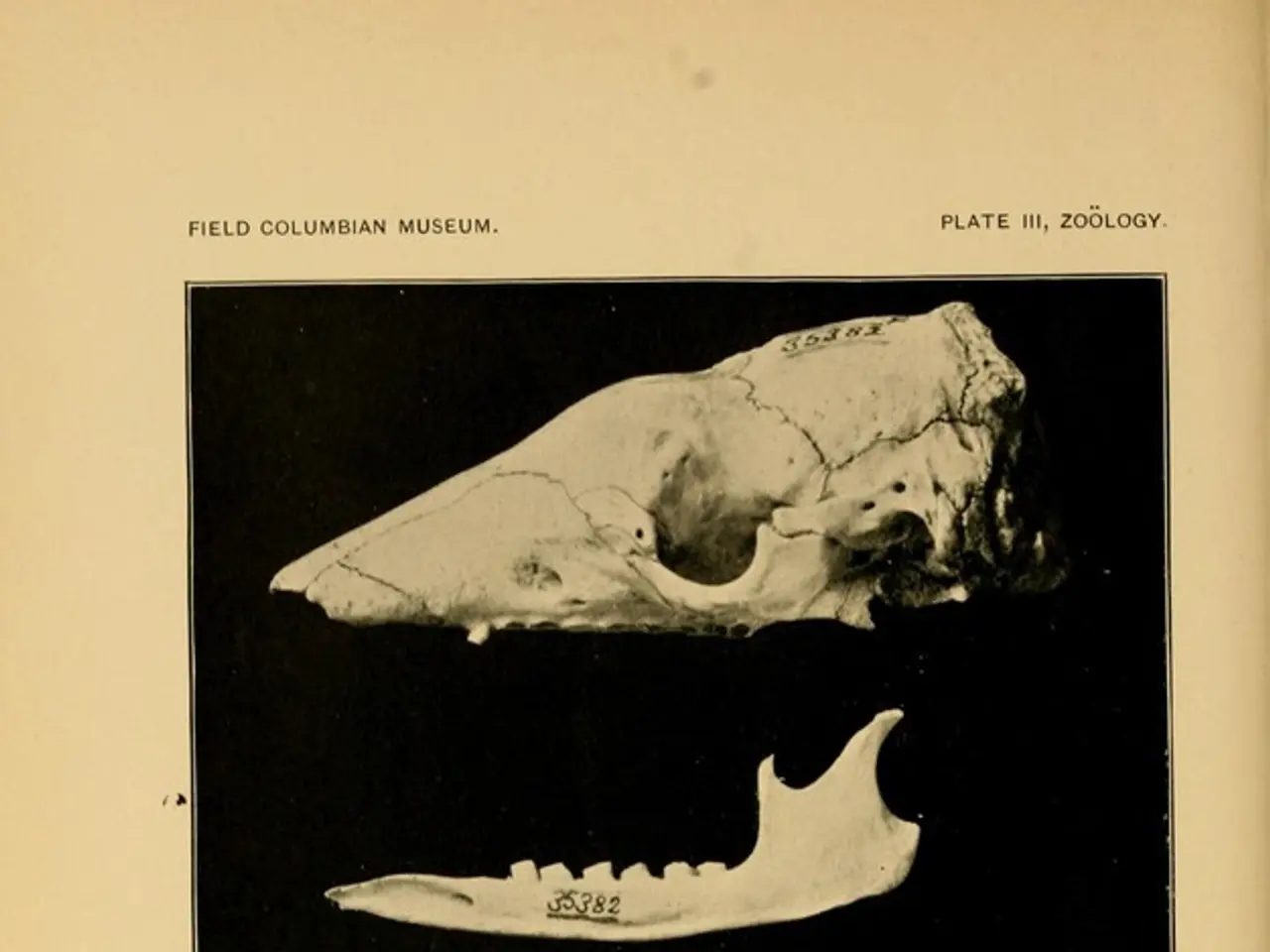Ankle Anatomy: Bones and Ligaments That Make Movement Possible
The ankle, a crucial joint connecting the foot and leg, is supported by several key bones and ligaments. Let's delve into its structure and function.
The ankle joint is composed of three bones: the tibia (shinbone), fibula (calf bone), and talus (ankle bone). The talus, a major tarsal bone, sits underneath the tibia and fibula, providing stability and facilitating movement.
The tibia, the larger of the two bones in the lower leg, bears most of our weight when standing. The fibula, on the other hand, supports the tibia and helps form the ankle joint.
The ankle joint allows for two primary motions: plantar flexion (moving the top of the foot away from the leg) and dorsiflexion (moving the top of the foot towards the leg). These movements are made possible by the ligaments that reinforce the ankle. The deltoid ligament, along with the anterior talofibular, calcaneofibular, and posterior talofibular ligaments, provide strength and support to the ankle joint.
Understanding the anatomy of the ankle is crucial for appreciating its function and the importance of its components. Despite extensive research, the developers of the specific ligaments mentioned remain unidentified.





